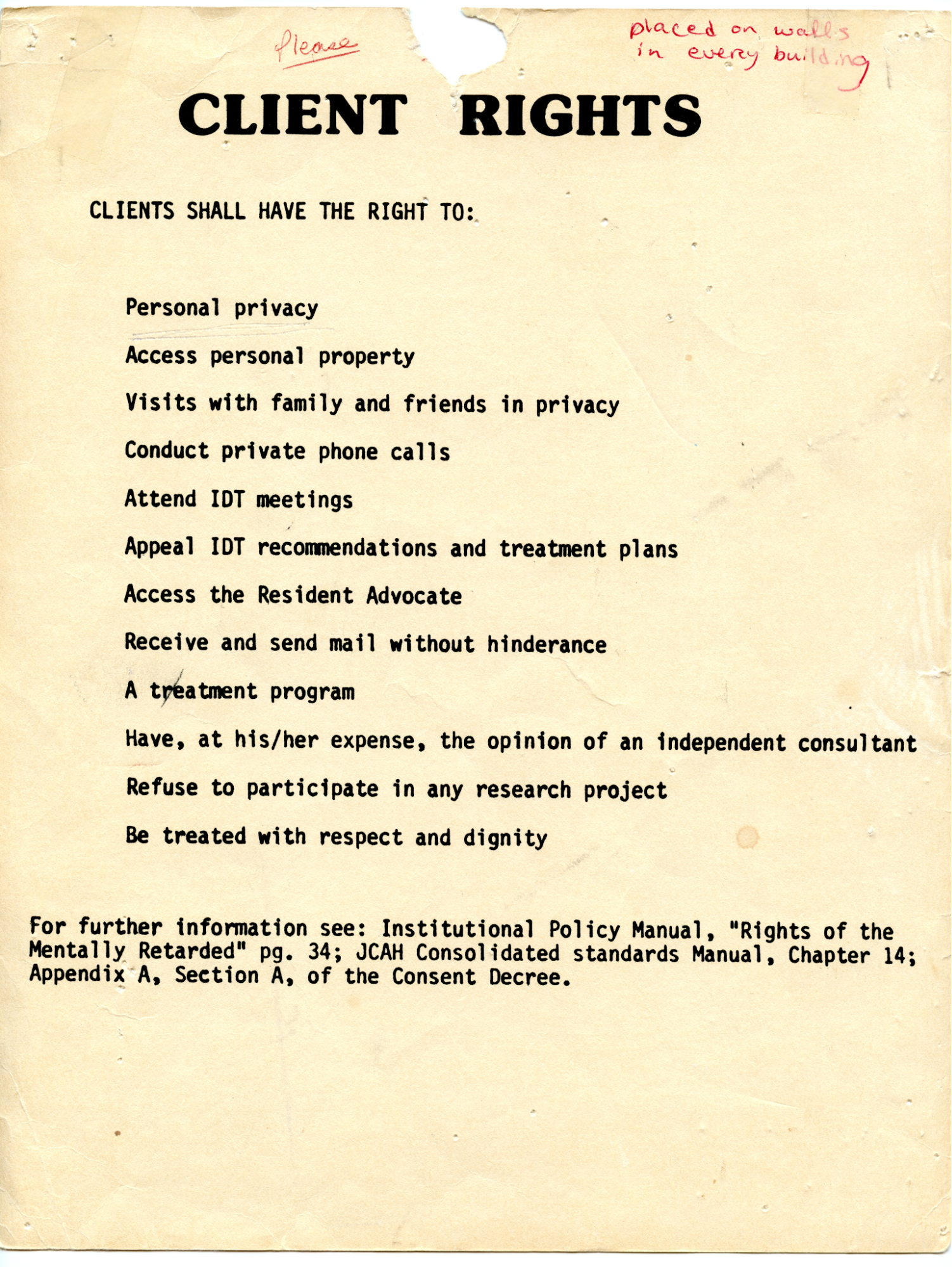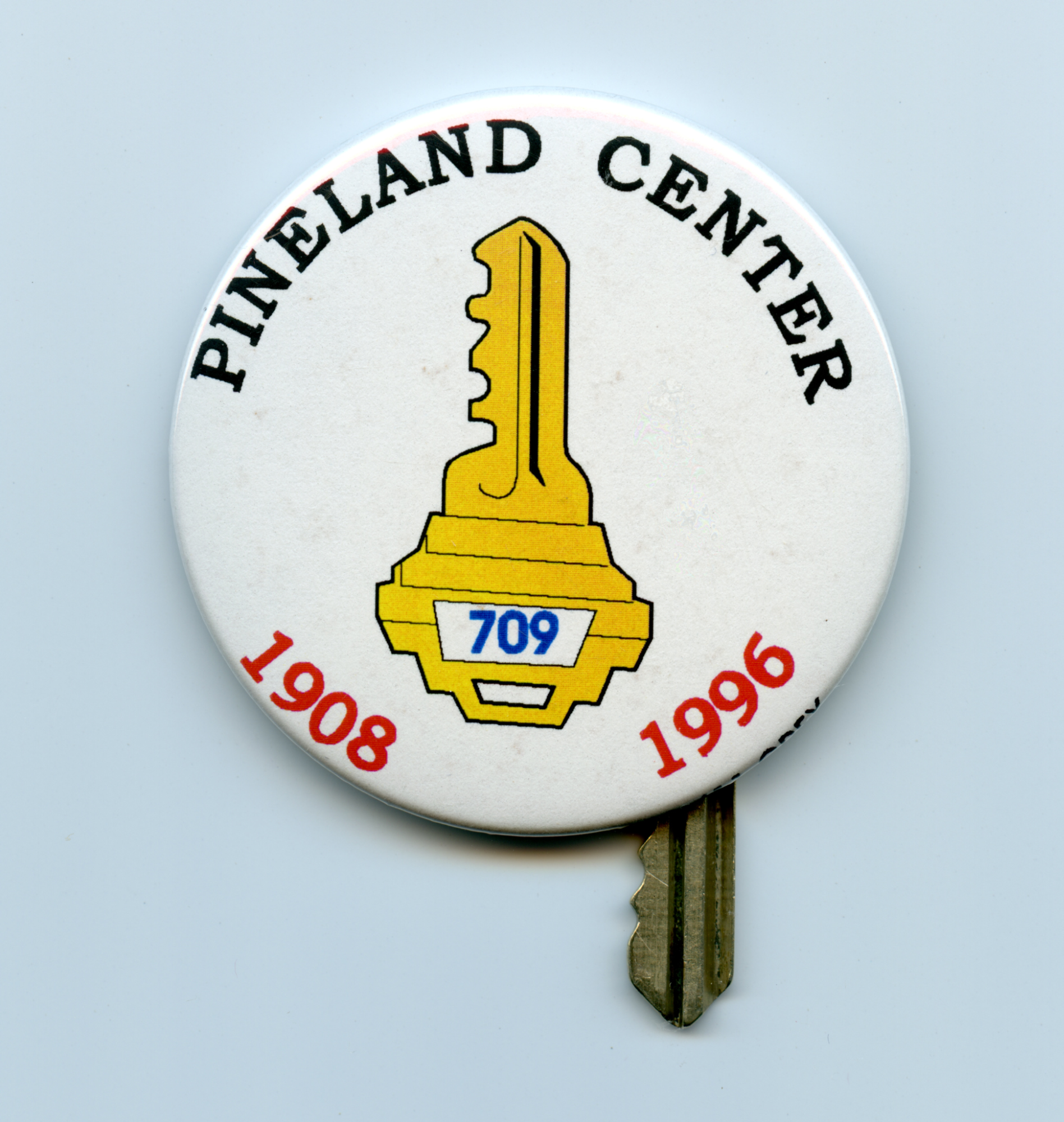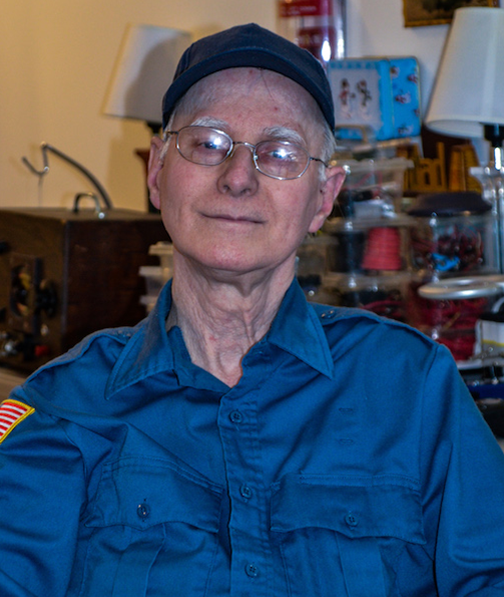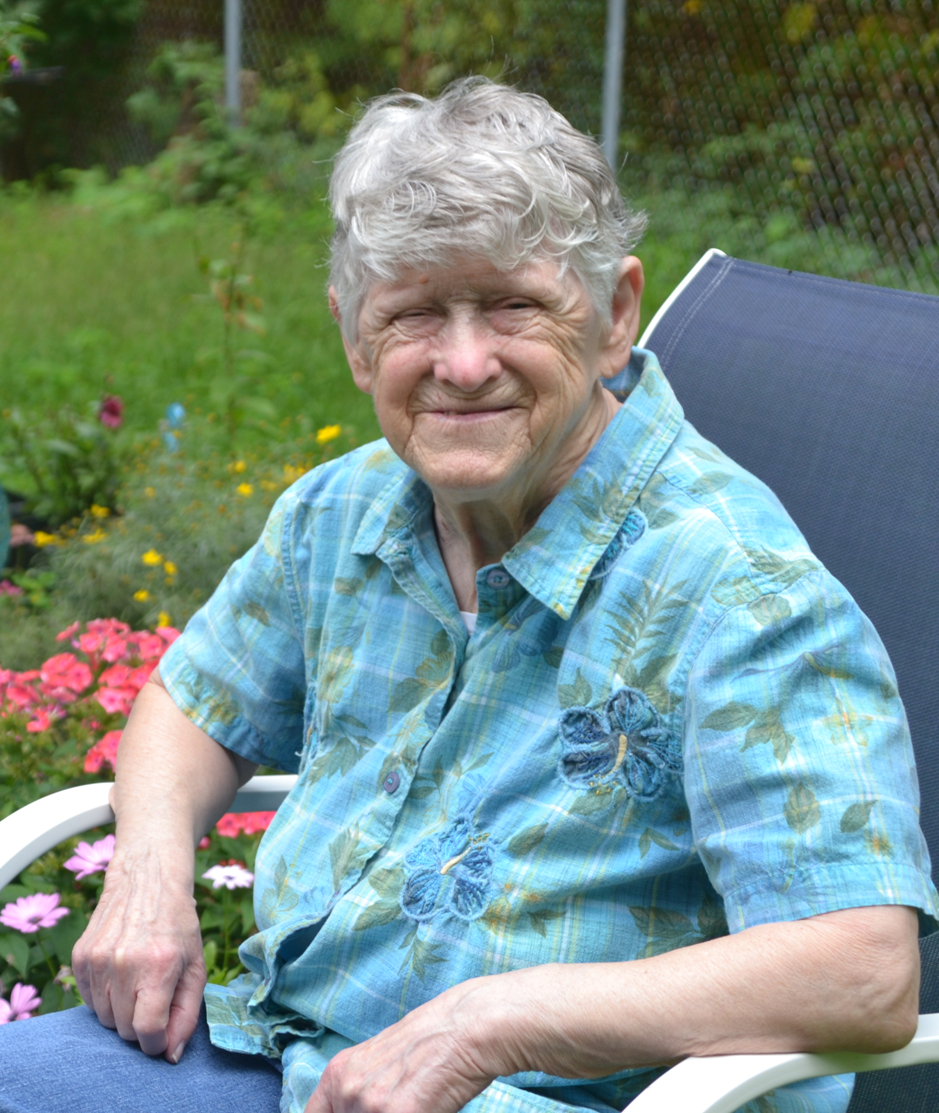While Maine was working to build a system of care for people with developmental disabilities outside of institutions, a legal case before the Supreme Court finally codified the idea that people with developmental disabilities had the right to life in the community.
Furthering the gains of the 1973 Rehabilitation Act, the ADA protects people with disabilities from discrimination not just from the government, but from employers and businesses that provide public accommodations.
This act was the first federal law that protected the civil rights of people with disabilities, providing that people with disabilities could not be excluded from or denied participation in any program that received federal funding - including schools, healthcare, and government assistance.
The impulse toward institutions continues as some community-based facilities for developmentally disabled persons grow in size and the people they serve become less integrated in everyday community life and less in control of their own lives.

The transition from institutional to community living and care was not easy for many Pineland residents, nor was it easy for those setting up and trying to operate housing and various services.
The IDEA law of 1990 built upon the the Education for All Handicapped Children Act of 1975 - further enshrining the main elements of an inclusive education.

Despite all the systems in place to ensure compliance, problems arose. New criticisms of inadequate funding, staff shortages, not enough community options, lack of proper oversight of persons moved into the community, and other non-compliance led to another lawsuit. In the meantime, the state had decided to close Pineland.



